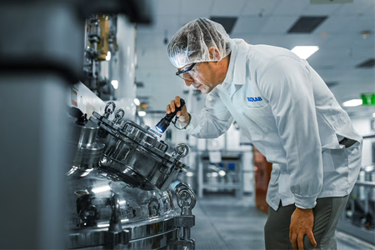Establishing Effective Visual Residue Limits In Cleaning Validation

The pharmaceutical industry is under constant pressure to ensure product safety and compliance with stringent regulatory standards. Cleaning validation plays a crucial role in achieving these objectives, and visual residue limits (VRLs) are a critical component of this process. VRLs define the acceptable levels of previous product residues on equipment surfaces, preventing cross-contamination and ensuring the quality of subsequent batches.
However, determining and implementing effective VRLs is a complex task. This article delves into the technical aspects of VRL determination, exploring how manufacturers can establish robust programs that align with regulatory expectations and industry best practices. We will discuss the importance of health-based exposure limits, the role of visual acuity training, and the potential of advanced technologies in enhancing residue detection and cleaning validation processes. By understanding these key elements, manufacturers can develop a comprehensive approach to VRLs that safeguards product quality and minimizes the risk of contamination.
Get unlimited access to:
Enter your credentials below to log in. Not yet a member of Pharmaceutical Online? Subscribe today.
